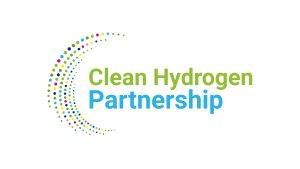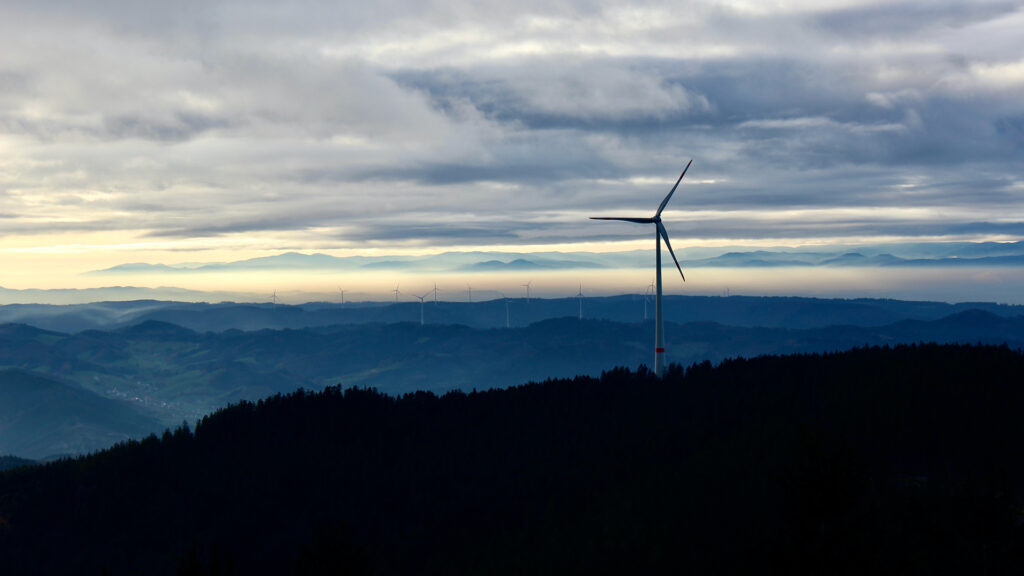The Hydrogen Valley will build an integrated Baltic hydrogen economy to increase energy security and reduce emissions.
Hydrogen Valley is a regional system in which hydrogen is produced, distributed and used in a integrated manner in various sectors. These ecosystems combine renewable electricity with energy, transportation and industrial end uses, turning hydrogen into a practical tool to reduce emissions and a dependency on fossil raw materials. For Europe, such initiatives are at the heart of both climate action and long-term supply security.
One of the most ambitious projects of its kind is Balticseah2, which is creating the first large cross-border hydrogen valley between southern Finland and Estonia. Hydrogen Valley is designed to serve as a model for regional cooperation across borders and show how the hydrogen value chain can actually be expanded.
Energy security as a driving force
The urgency of Balticseah2 has become clear in recent years. Europe’s reliance on imported fossil fuels has made them vulnerable to global price fluctuations and geopolitical tensions. Energy has proven to be a problem of not only climate issues, but economic competitiveness and strategic autonomy.
Balticseah2 reduces this dependency and enhances local supply security by connecting local hydrogen production and use. Hydrogen, made from renewable electricity, can replace fossil fuels in applications that are difficult to directly electrify. This ensures that essential industries continue to function even when external energy supplies are unstable.
Hydrogen Valley also enhances supply security beyond energy. For example, ammonia production in Europe remains heavily dependent on natural gas, many of which have been imported from historically geopolitical and unstable regions. By moving to hydrogen-based processes, Europe can produce fertilizer domestically, reducing its dependence on grey ammonia imports, and enhancing both food and energy safety.
Large-scale efforts in the Baltic Sea
The project will begin in June 2023 and will run for five years. With a budget of approximately 33 million euros jointly funded by the European Union through a clean hydrogen partnership, Balticseah2 has attracted 40 partners from nine countries: Finland, Estonia, Latvia, Lithuania, Poland, Germany, Denmark, Sweden and Norway. This broad participation underscores how the hydrogen economy is not a national initiative, but an international cross-border initiative.
The chosen location will benefit from existing strengths. Southern Finland and Estonia already share energy links, gas networks and busy maritime routes, allowing hydrogen production to be integrated with established trade and transport flows. By building what is already there, the project can move faster towards implementation.
Coordinating complex partnerships
The project is coordinated by Clic Innovation, a Finnish open innovation cluster that brings together businesses, universities and research institutes to promote new innovation for sustainable business. Clic Innovation will play an important role in preparing BalticsEah2, leading the implementation along with Finnish grid operator Gasgrid, ensuring that the various partners and sectors move forward in parallel.

“The Hydrogen Valley is about not only new technology, but also new value chains, new infrastructure and the entire economic system,” said Jatta Jussila, CEO of CLIC. “In addition to the benefits of the environment, supply security is at the heart of the project, and hydrogen will help achieve that by reducing reliance on imported fossil raw materials and providing sustainable alternatives to the industry.”
By bringing together these broad partnerships, Clic Innovation offers a neutral platform that allows businesses, research institutes and public institutes to work side by side for new solutions and systematic transitions. This approach helps build trust among stakeholders while coordinating investments and regulations.
Demonstration and building a new value chain
Balticseah2 is not only about long-term goals, but also about practical steps. The project includes around 20 actual investments in the Main Valley. These use cases cover the entire chain, from the production of hydrogen through electrolysis to using it in energy systems, industry and transportation.
One of the focuses is the production of green ammonia. Ammonia has a dual role. It is an important component of fertilizers and is also an efficient way to transport hydrogen. Conversion of hydrogen to ammonia makes storage and shipping easier, opening up the possibilities for international trade. At the same time, green ammonia allows agriculture to continue using familiar products while reducing emissions and relying on imports.
However, these value chains alone are not sufficient. To build a hydrogen economy, industries need clear demand signals and predictable rules. Large follow-up investments in infrastructure and production capacity will depend on a regulatory environment that will give you confidence in future markets. Balticseah2 shows how demand can be aggregated across borders, but a strong role from the EU is essential to providing a framework that enables this.
European model
The impact of Balticseah2 is far beyond Finland and Estonia. The project is expected to trigger billions of euros of follow-up investments in infrastructure, industrial plants and related services. It provides valuable lessons to other parts of Europe by showing how the Hydrogen Valley can be developed across borders.
Cross-border cooperation is especially important for hydrogen, as markets and infrastructure do not halt at borders. Shared standards, harmonized regulations, and coordinated investments are necessary to expand the production and use of hydrogen. Without this, development risks will be slowed down by fragmented rules and unorganized infrastructure. BalticsEah2 shows that regional cooperation is possible, but wider EU action is required to deploy a hydrogen economy on a large scale.
Towards a cleaner and safer future
By linking energy and industry and maintaining the security of supply at the centre, Balticseah2 shows what the hydrogen valley really means. It reduces Europe’s dependence on fossil imports, creates new opportunities for industry, and supports the transition to a sustainable economy.
At the same time, the project emphasizes the dimension of competitiveness. Hydrogen-based value chains are emerging worldwide, and Europe needs to ensure that its industry remains an attractive place for investment. The coordinated hydrogen strategy will help Europe not only achieve its climate goals, but also maintain its industrial leadership.


This article will also be featured in the 24th edition of Quarterly Publishing.
Source link

